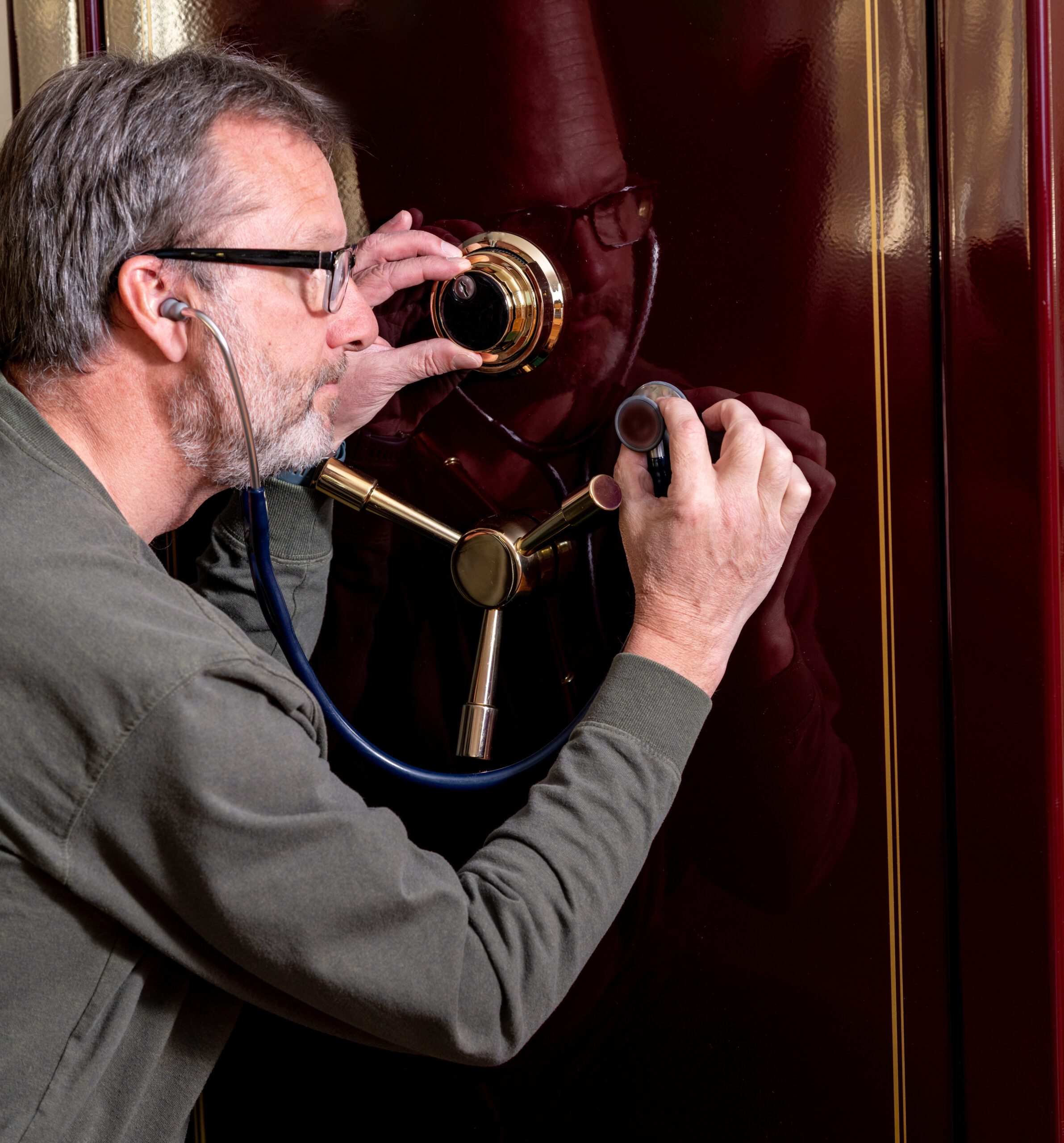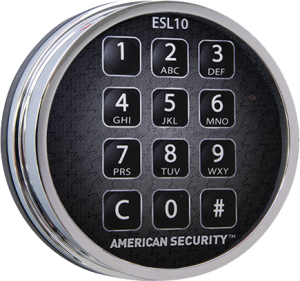When shopping for a home safe, it’s easy to get caught up in product claims and advertised features that may not deliver the level of protection you expect. Whether it’s a claim about fireproofing, advanced locking technology, or security ratings, it’s important to separate fact from fiction to prevent getting misled into purchasing an insufficient safe.
The true test of a safe’s quality lies in its construction, fire and security ratings, and long-term reliability — not simply in marketing buzzwords. Let’s go over some of the most common myths about home safes and debunk them so you can confidently invest in one that offers real protection.
Fireproof & Waterproof Home Safes Exist
One of the most common misconceptions about home safes is that they can be completely fireproof or waterproof. In reality, no safe is 100% immune to fire or water damage. Instead, reputable safe manufacturers design their products to be fire-resistant or water-resistant — meaning they provide protection for a certain period under specific conditions.
For example, high-quality fire-resistant safes can carry a UL (Underwriters Laboratories) fire rating (or other 3rd party testing certification), which indicates how long the safe can withstand high temperatures before its internal temperature rises over 350°F (the temperature when paper chars). The same concept applies to water resistance — a safe may be designed to withstand water exposure for a set duration, but it will never be entirely waterproof.
Don’t fall prey to false advertising that claims a safe is fire-resistant without certifications and testing processes to back their statements. This approach will help you make a worthwhile investment in a safe that can withstand high heat for a significant period of time.
Biometric Locks are Secure
Biometric locks have gained popularity for their futuristic appeal, allowing users to unlock their safes using a fingerprint. However, these locks are not as foolproof as they appear. While they can provide a quick and convenient way to access your safe, they also come with significant security risks and limitations.
Inconsistent Readings
Dirt, moisture, cuts, or other debris on your finger can prevent the lock from recognizing your fingerprint. During an emergency, it can become very inconvenient if you have to continuously press your fingerprint on the safe and can’t get inside.
False Positives
In some cases, biometric locks have been known to open with unauthorized fingerprints or other similar impressions. Whereas with a traditional keypad code or combination lock, if you’re the only individual who knows the passcode, your valuables will be better protected.
No Certified Lock Ratings
Most biometric locks do not carry the same level of security certification as traditional mechanical or electronic locks, leaving your safe vulnerable.
If security is your top priority, choosing a high-quality mechanical or electronic lock backed by industry certifications will provide you with the most reliable protection.
Instead of rolling the dice on a biometric lock, consider an electronic keypad or a combination lock for better security. Check out a few of our lock options which are UL-rated and come with many of our safe models:
ESL10 Electronic Safe Lock
- U.L. Listed Type 1
- Splash-proof keypad
- Audible and visual feedback
ESL20 Electronic Safe Lock
- U.L. Listed Type 1
- Up to 8 users
- Audible and visual feedback
- Supports time delay
- Supports dual control
Mechanical Safe Lock With Front-Read Dial
- UL Listed Group 2
- Three-wheel with 1,000,000 possible combinations
Mechanical Safe Lock With Key-Locking Spy-Proof Dial
- UL Listed Group 2
- Three-wheel with 1,000,000 possible combinations
Cheaper Safes Provide Enough Security
It’s easy to be tempted by the low prices of off-brand safes found online or in big-box retailers, but these safes often fail to provide real security. While they may appear sturdy or claim to be “fireproof” or “waterproof,” these claims are rarely backed by legitimate third-party certifications.
Here’s why cheaper safes often fail:
- Low-Quality Materials: Many low-cost safes use thin sheet metal or plastic parts that are easy to break into with basic tools.
- Unreliable Locks: Cheaper safes often come with low-quality electronic locks that can be easily overridden or fail over time.
- Misleading Fire/Water Ratings: Without certification from recognized organizations like UL or ETL, a “fireproof” or “waterproof” claim is essentially meaningless.
Investing in a high-quality, certified safe made from solid steel and advanced locking mechanisms is the best way to protect your valuables in the long run.
A Heavy Safe Doesn’t Need to be Anchored
You may assume that if a safe weighs several hundred pounds, there’s no need to anchor it to the ground. However, burglars can and will find ways to remove unanchored safes, especially if they are motivated by high-value items inside, and once they get your safe to a secure location, breaching it becomes inevitable. Plus, a natural disaster such as a tornado, hurricane, or wildfire can easily dislodge your safe from its original location if it’s not anchored down.
Anchoring your safe to a concrete floor or wall significantly increases its security by providing:
- Theft Deterrent: Even with the right tools, burglars will have a hard time removing a securely anchored safe.
- Stability During Disasters: In the event of natural disasters like earthquakes or floods, anchoring your safe can keep it from tipping or shifting.
We highly recommend having a professional install and anchor your safe to ensure that it’s done correctly.
It Doesn’t Matter Where Your Safe Is Stored
Where you store your safe plays a major role in the safety and security of your belongings. A highly visible or accessible location can put your safe at risk during a break-in. Additionally, certain areas in your home may expose your safe to environmental risks like flooding or excessive heat.
To maximize the security of your safe:
- Choose a low-visibility location (like a closet or basement).
- Avoid placing it near water pipes or in areas prone to flooding.
- Keep it easily accessible during emergencies but also not out in the open.
What are the Best Safes for the Home?
Now that we’ve debunked some of the most common myths about home safes, you’re better equipped to make an informed decision. Investing in a high-quality, certified safe is the best way to protect your valuables against theft, fire, and natural disasters.
At American Security, we offer a range of premium safes designed with superior construction, tested fire resistance, and advanced security features. If you have any questions or need help selecting the best safe for your home, our team is always here to assist.




